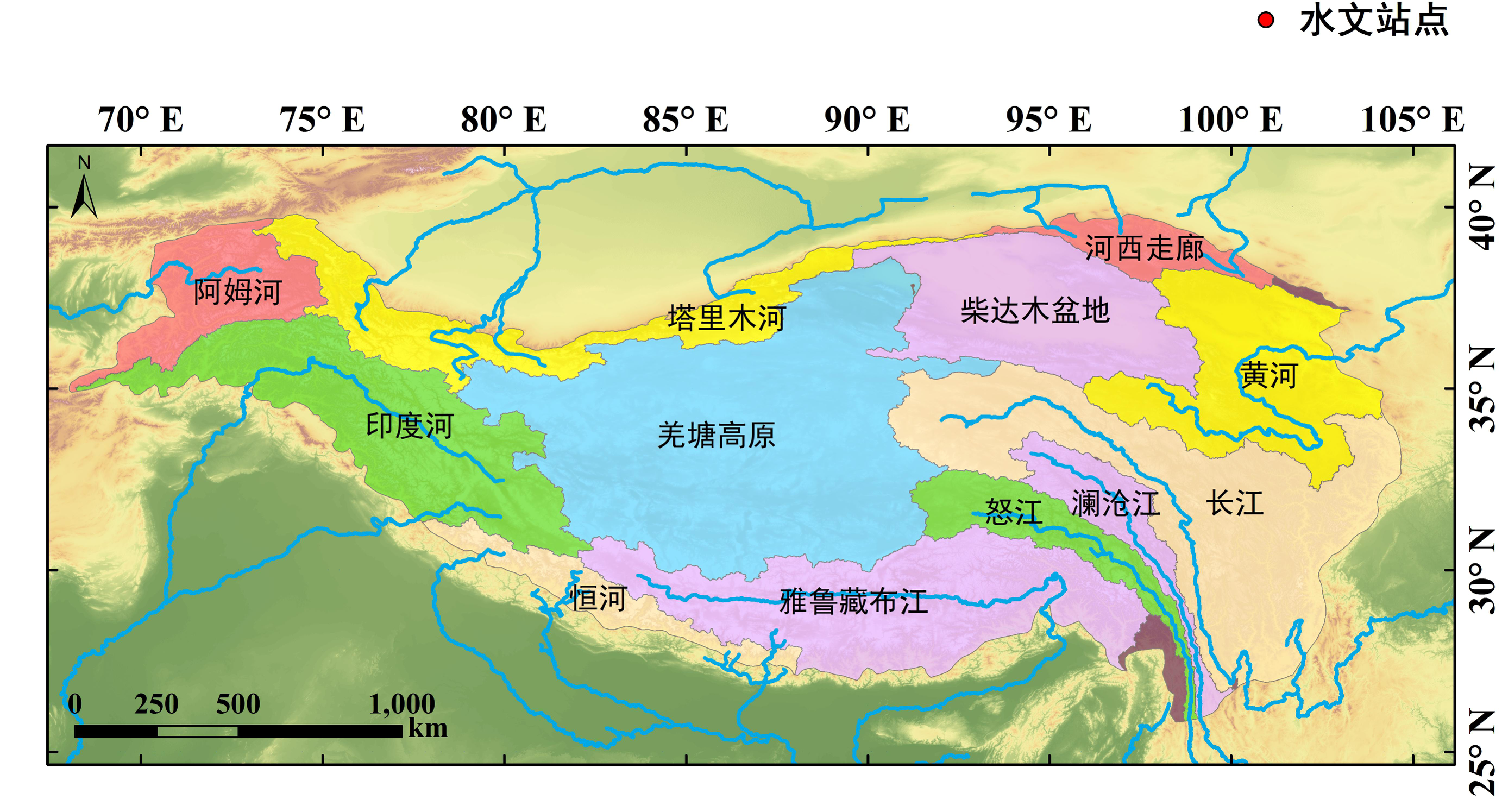

The daily microwave precipitation dataset of Tibetan Plateau(2015-2017)

The strong spatial and temporal changes of precipitation often make it impossible to accurately know the spatial distribution and intensity changes of precipitation during the precipitation observation of conventional foundation stations. Satellite microwave remote sensing can overcome this limitation and achieve global scale precipitation and cloud observation. Compared with infrared/visible light, which can only reflect cloud thickness and cloud height, microwave can penetrate the cloud, and also use the interaction between precipitation and cloud particles in the cloud and microwave to detect the cloud and rain more directly. This data use the surface precipitation, obtained by the DPR double wave band precipitation radar carried by GPM, as the true value, soil temperature/humidity of NDVI, DEM and ERA5 as reference data. And the multi-band passive brightness temperature data of GMI is used to invert the instantaneous precipitation intensity during the warm season (May-September) in Tibetan Plateau, then the result is re-sampled to the spatial resolution of 0.1°and accumulated them to a day.
Data Format:geotiff
To respect the intellectual property rights, protect the rights of data authors, expand services of the data center, and evaluate the application potential of data, data users should clearly indicate the source of the data and the author of the data in the research results generated by using the data (including published papers, articles, data products, and unpublished research reports, data products and other results). For re-posting (second or multiple releases) data, the author must also indicate the source of the original data.
地球大数据科学工程专项时空三极环境项目(XDA19000000)
No record
No record
No record
Sign In to add comments
Resource Provider: XU Shiguang

三江源国家公园星空地一体化生态监测数据平台 © 2018-2021 陇ICP备05000491号 | All Rights Reserved
|  京公网安备11010502040845号
京公网安备11010502040845号
数据中心技术支持: 数云软件